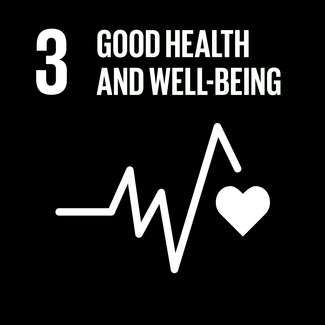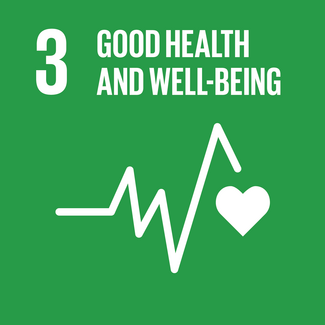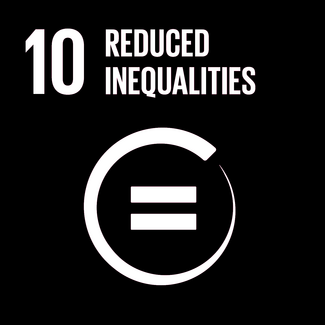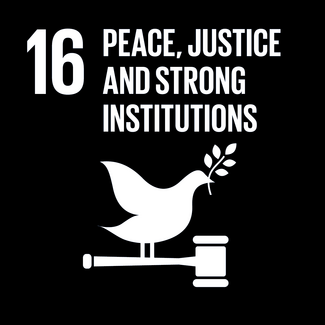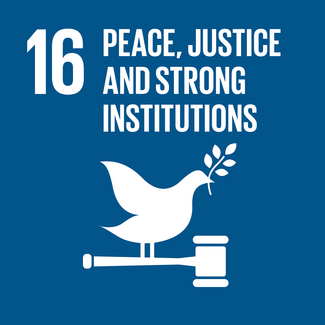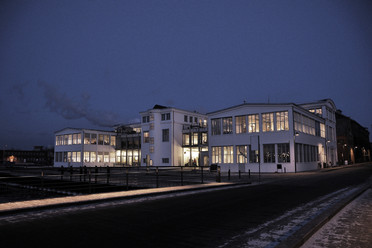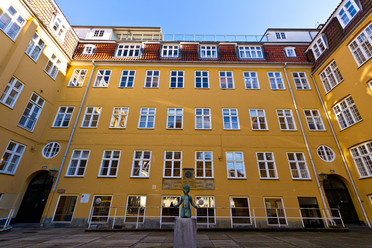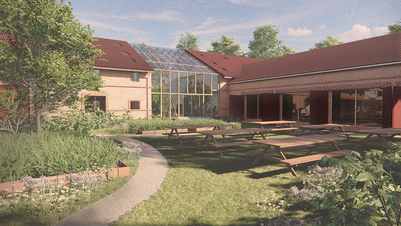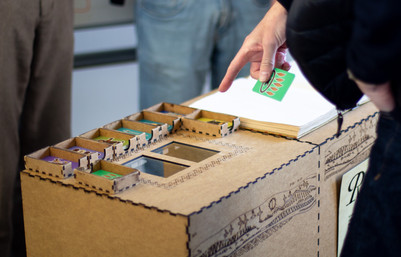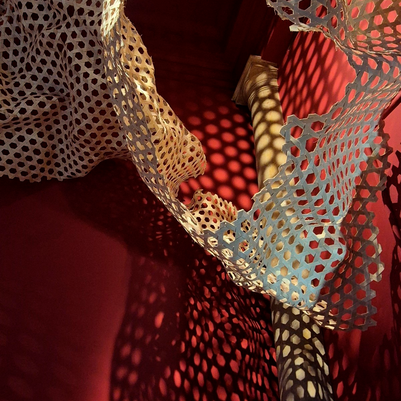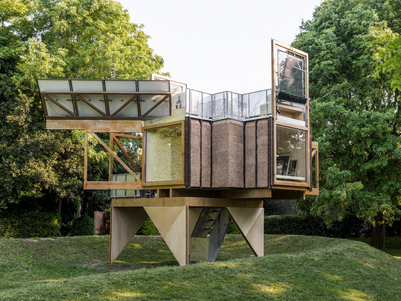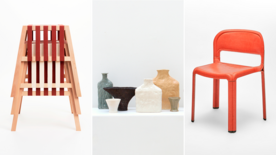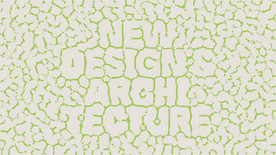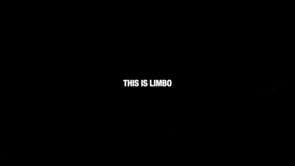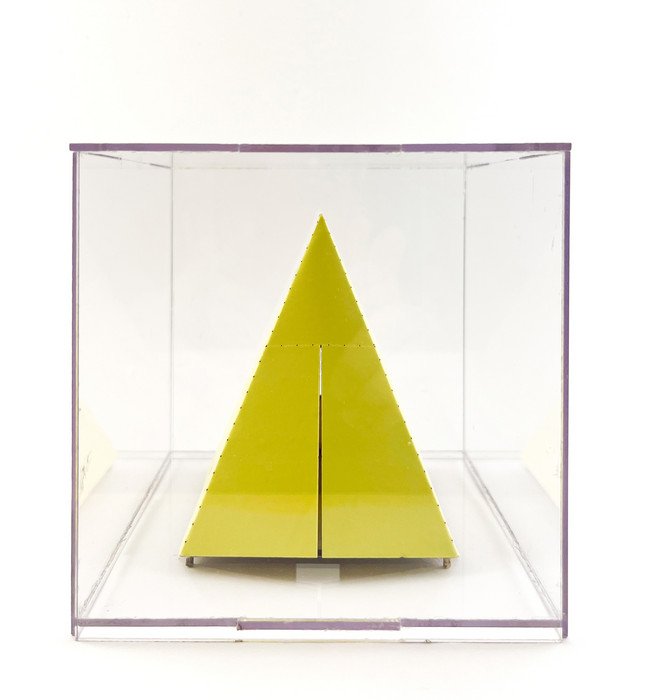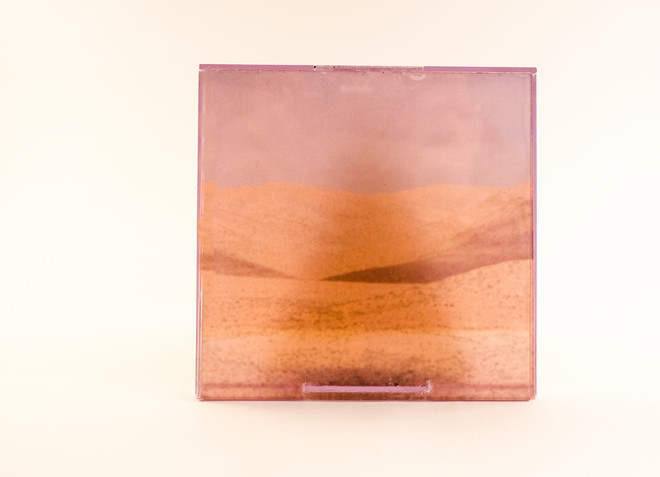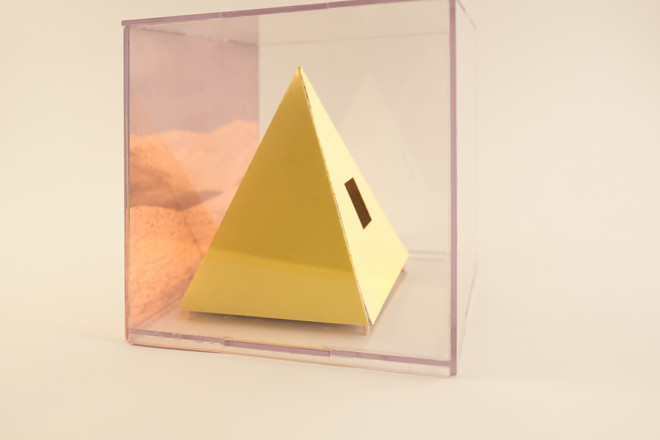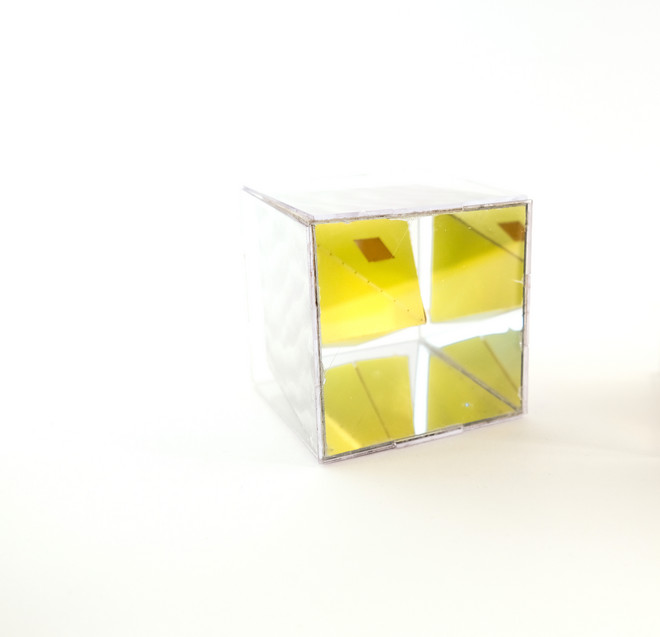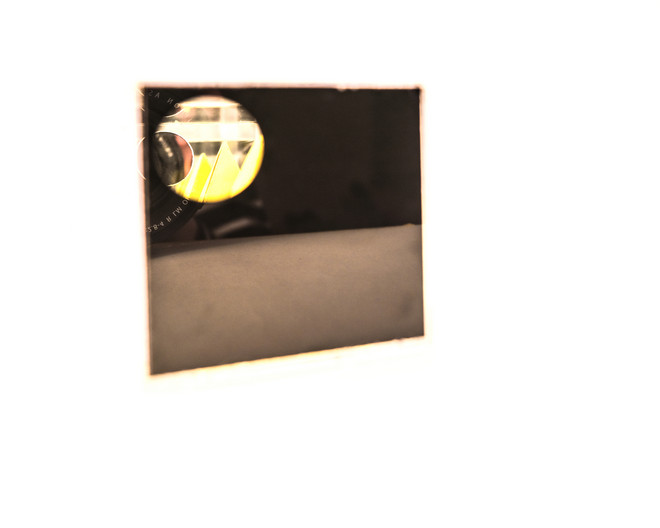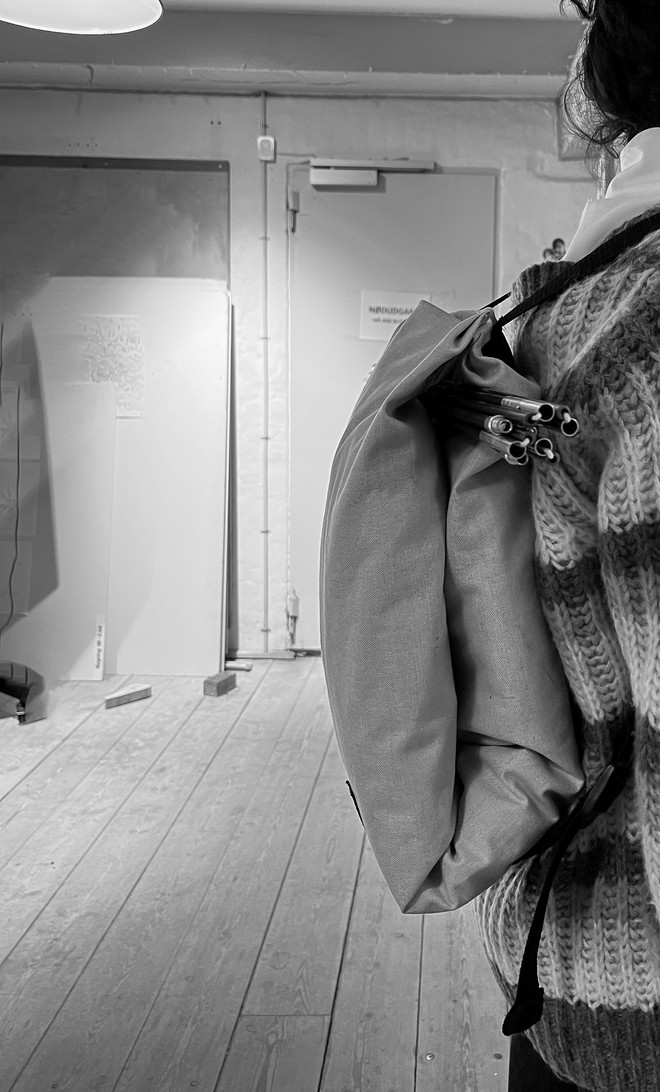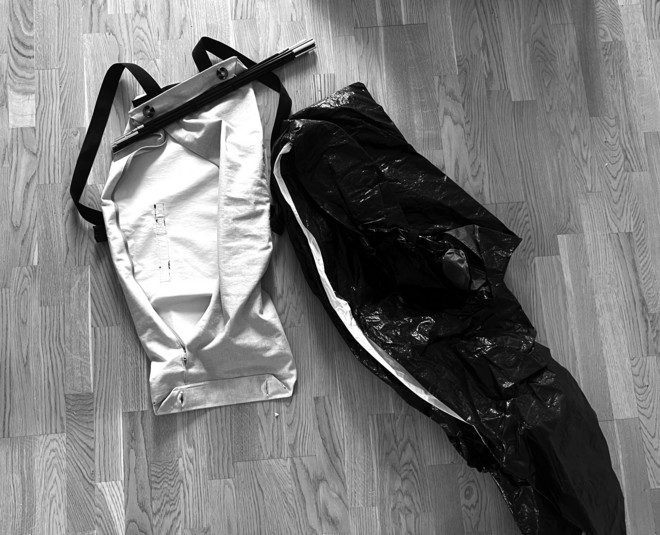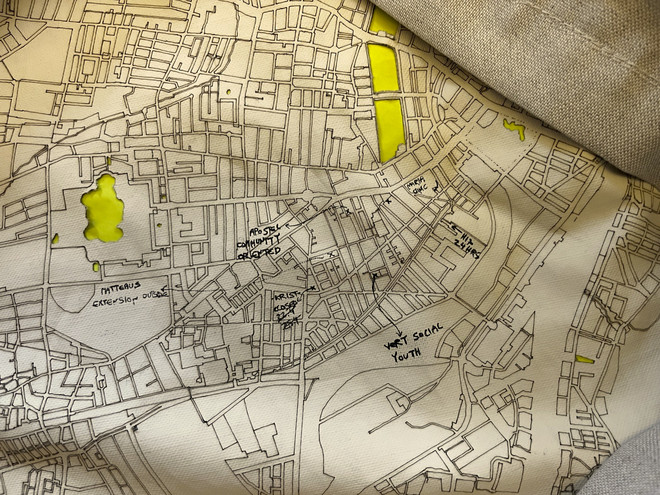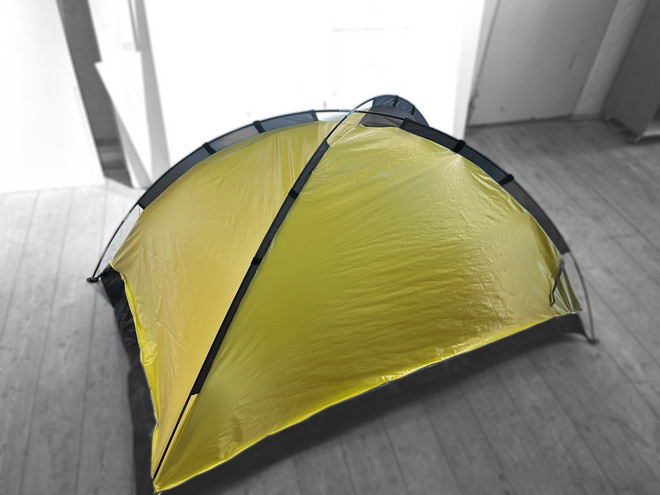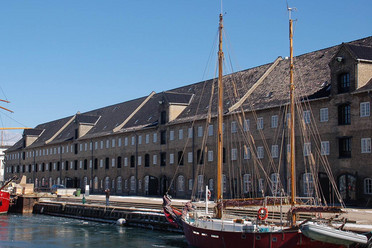
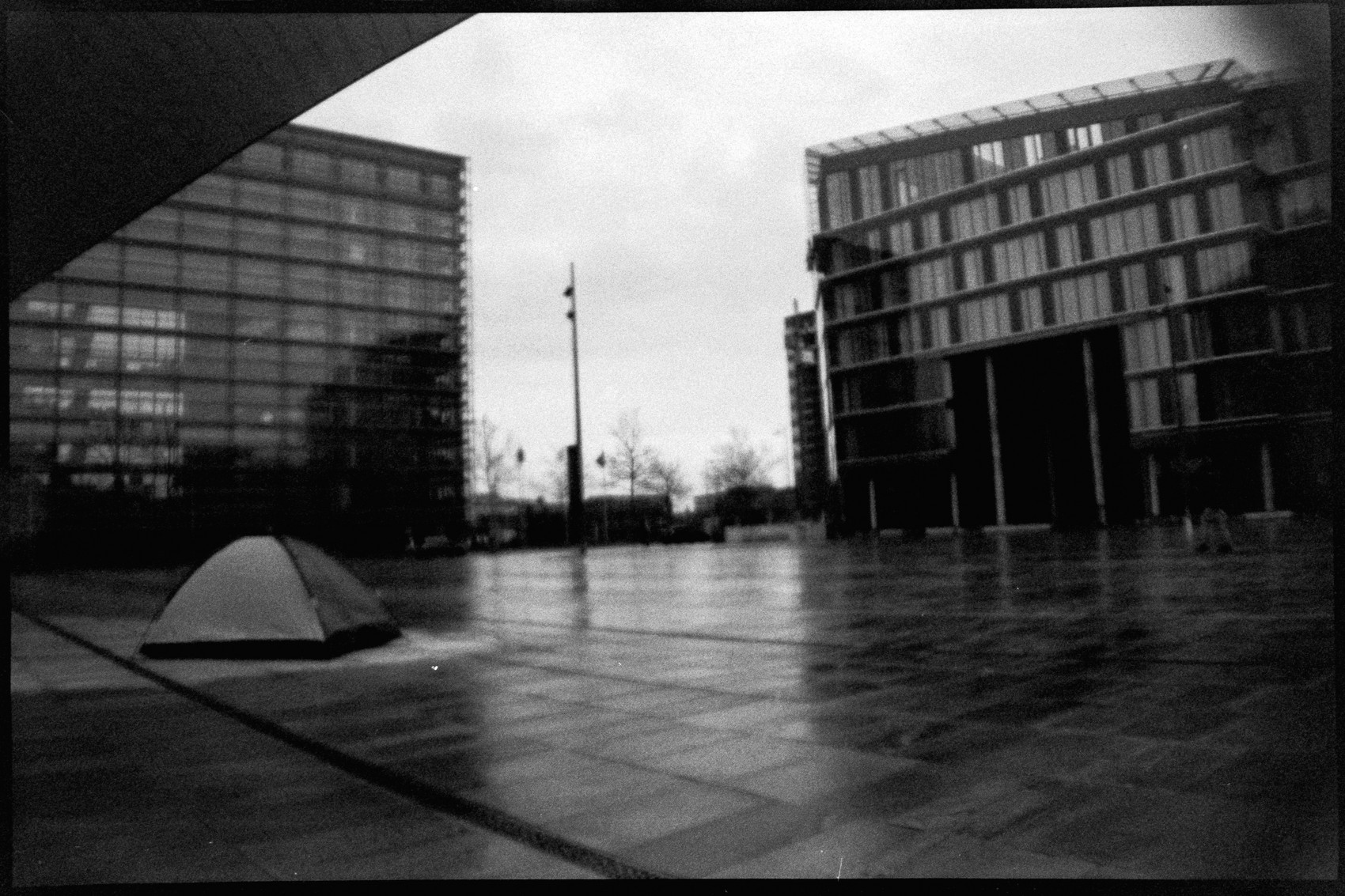
This is Limbo
Copenhagen's rough sleeper community is currently facing immense difficulty in accessing medical services and accommodation. A place that existed yesterday might vanish or be seized tomorrow, requiring a lot of creativity and concealment to preserve those who exist.
It also requires a lot of creativity to find spaces between four walls in a city where real estate values skyrocket, and there are hardly any unoccupied lands for non-profitable construction. It's extremely difficult to generate solutions for those at the bottom of the pyramid.
This is an impossible situation, navigating within a limbo of legal, emotional, and existential constraints.
Denmark is one of the most secular countries in Europe, if not the most secular, where once churches held sway, now commercial centers dominate. The churches are left with splendid monuments, remnants of days when they were central. Magnificent prayer halls stand empty during the week, and entire service rooms remain unused. They try to strengthen their position within the community and introduce community-building activities into the agenda. The question arises - which ones?
The project seeks to establish a direct line between existing organizations, seeds of initiatives, and new insights. A line between the need for shelter and services and the latent possibilities within the non-personal spaces of the churches, those spaces between the sacred and the secular, those spaces of negotiation.
A line that will become a network, a network that will attempt to provide a degree of stability within an increasingly utopian reality.
Prolog// You Are Here (and here and here and here)
“Hence it is evident that the state is a creation of nature, and that man is by nature a political animal. And he who by nature and not by mere accident is without a state, is either a bad man or above humanity; he is like that “Tribeless, lawless, hearthless one”
INTRODUCTION
The starting point for the semester was the desire to create a sense of closure. Last semester’s exploration centered on Kalvebod Faelled, a pastoral area on the outskirts of Copenhagen.
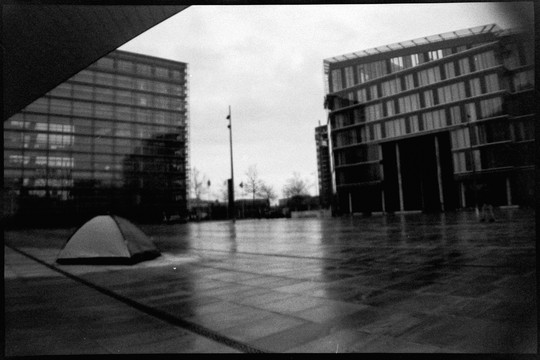
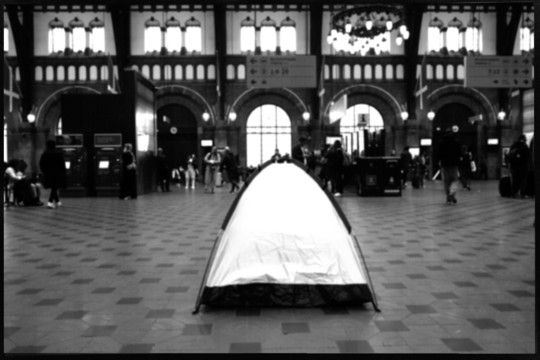
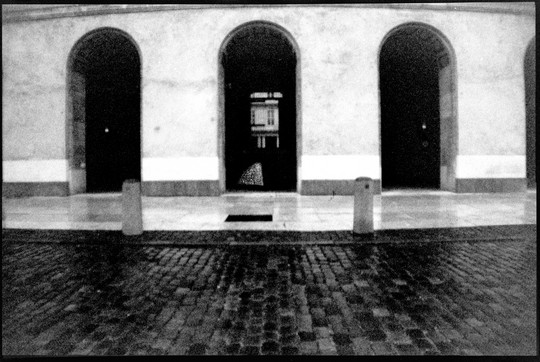
Testing the city’s hostility was my first step. By creating a series of images depict tents minor against the tactile architecture of the city. Utilizing an analog camera with a plastic lens and employing long exposure techniques, the moving crowd is dismantled and details are blurred, shifting the focus solely onto the bare volumes.
A series of abstracted models was made to simulate how a nomad navigates the complex urban environment—a maze obscured by bureaucratic challenges. In cities like Copenhagen, there’s an underlying system of surveillance and control, subtly replacing freedom
with the need to adhere to strict codes or numbers for access to basic services. This bureaucratic landscape reduces individuals to numerical entities, highlighting the tension between urban promise and administrative constraints. These models aim to illustrate this dynamic, where cities offer freedom yet impose regulatory complexities on those navigating them through literal codes or identification numbers
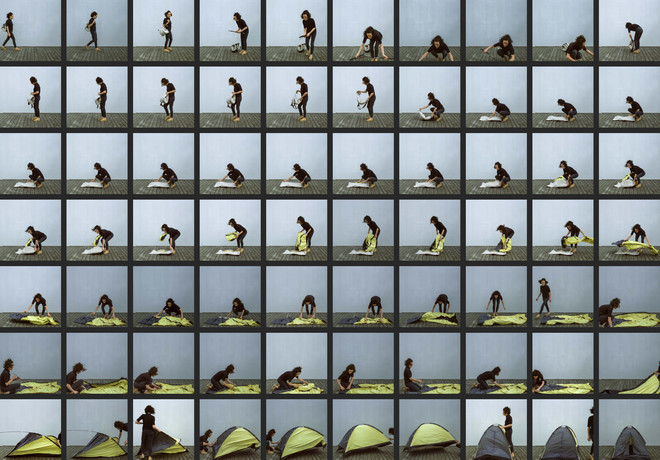
The Carrier Bag Theory of Fiction*, which envisions stories as containers for experiences and knowledge, parallels the concept of luggage as vessels for a nomad’s possessions. Both the
carrier bag and luggage symbolize essential tools for gathering and transporting necessities for survival. For the nomad, luggage becomes an extension of their identity, carrying their history and essentials as they move through different landscapes. This constant movement aligns with the Carrier Bag Theory’s emphasis on collecting diverse experiences and narratives. Thus, the nomad with their luggage embodies the essence of storytelling as an accumulation of varied, life-sustaining elements.
*Haraway, Donna Jeanne. The Carrier Bag Theory of Fiction, introduction.
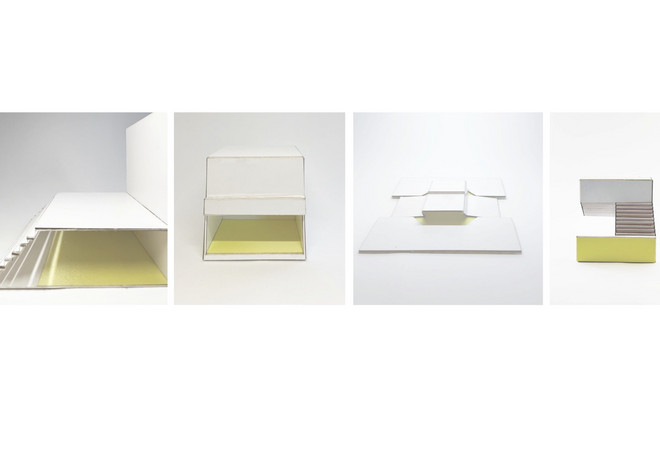
The person who most closely symbolizes the hungry nomad, navigating the system and constantly battling the state apparatus, is the homeless person. Homelessness is a broad concept encompassing various subgroups, and in this project, I focused on the rough sleepers community—arguably the most marginalized among the marginalized. These individuals strive to blend in and remain hidden, avoiding exposure. Inspired by the concept of long exposure, I chose to depict their sleeping places without human presence to examine their spatial qualities and identify recurring patterns.
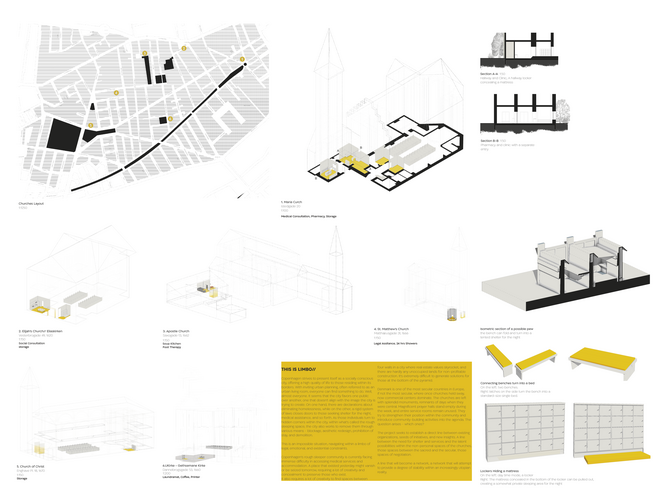
All three types of spaces, at the church's space
Throughout the semester, various spaces across the city have been explored to track the habitation patterns of rough sleepers. These spaces can be integrated into the church with minimal intervention, understanding that both sides are engaging in a delicate balance:
HETEROTOPIA// In the church’s main hall, the pews have been transformed into makeshift tented spaces. This practice mirrors what is seen in places like Hellig Kors Church, where pews are used
to create semi-private areas. These spaces are designed to accommodate a mattress and
a small shelf, providing a place to take off shoes and rest. For rough sleepers, this setup is a true privilege, offering a sense
of dignity and personal space within the communal area of the church.
THE 3RD LANDSCAPE/ The Space In Between Defined Spaces// These are often overlooked areas such as under staircases, makeshift sleeping nooks, and unused storage rooms. In the church, these marginal spaces provide essential, though humble, accommodations for those who need them, and for hosting different services. They represent the hidden and often forgotten parts of the building that, despite their marginal status, offer critical shelter and privacy.
LIMINAL SPACE// The church’s original symmetrical structure has evolved significantly over the years. As the church’s popularity grew and the community around it expanded, the demand for additional space led to the construction of new rooms, which disrupted the initial symmetry. This expansion created numerous hallways
and corridors, which have
been ingeniously repurposed. These hallways now serve as somewhat private sleeping areas, offering a place of refuge for those seeking privacy and a place to lay their heads.
Det Kongelige Akademi understøtter FN’s verdensmål
Siden 2017 har Det Kongelige Akademi arbejdet med FN’s verdensmål. Det afspejler sig i forskning, undervisning og afgangsprojekter. Dette projekt har forholdt sig til følgende FN-mål